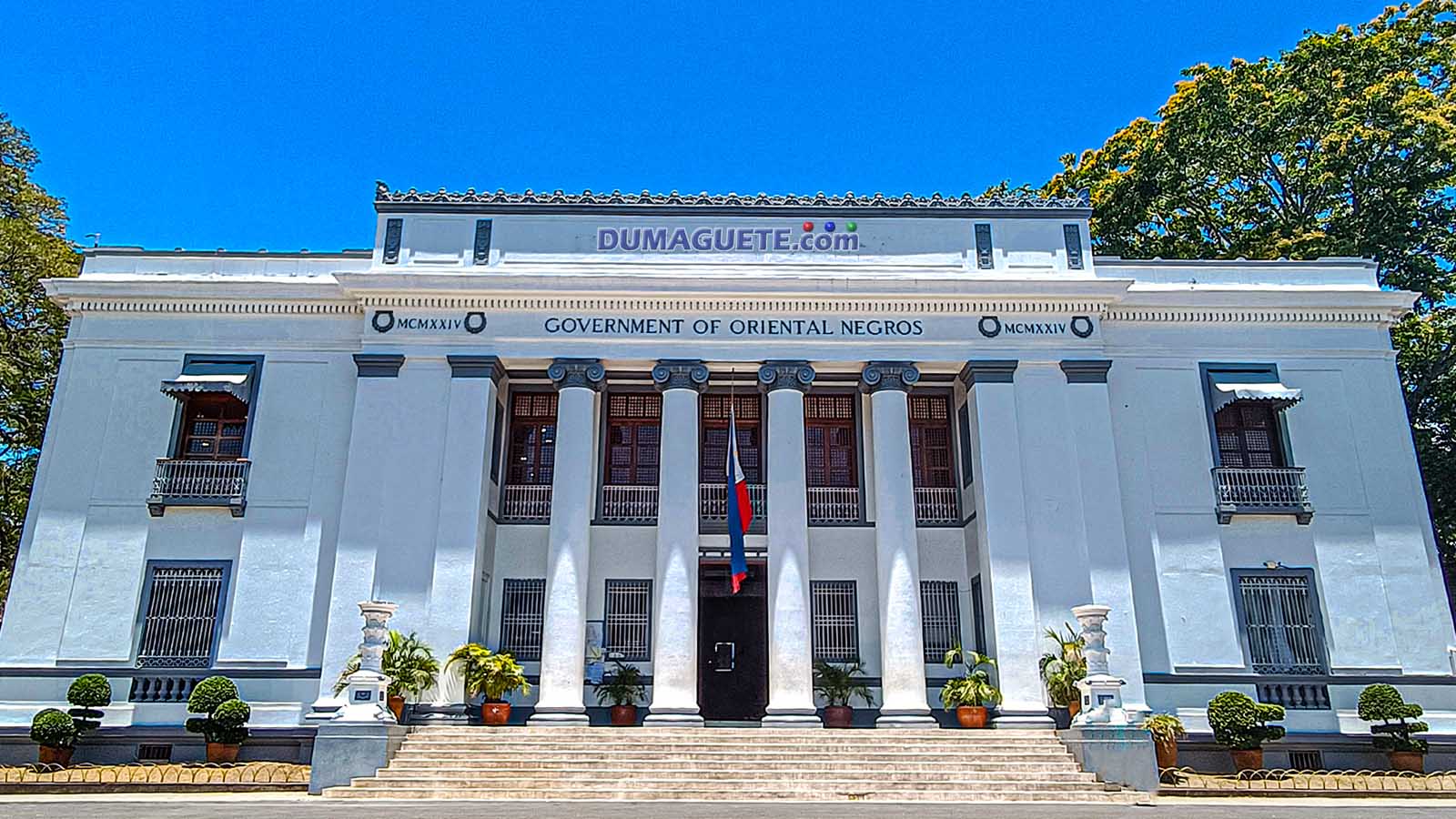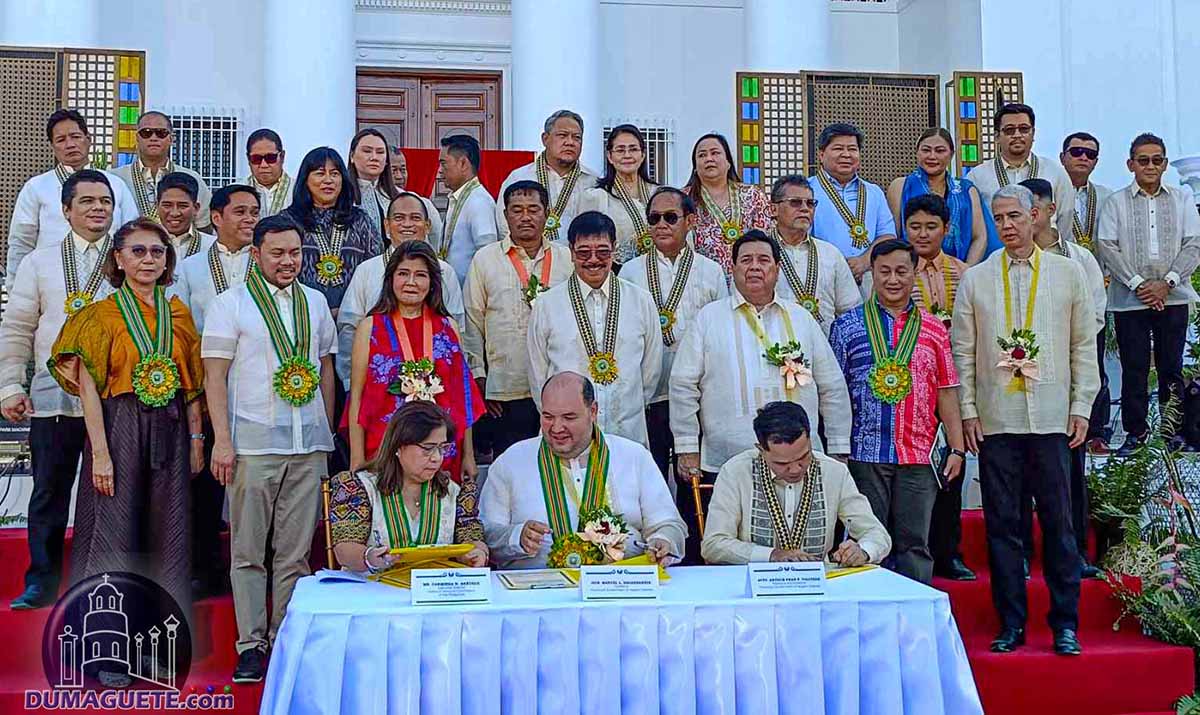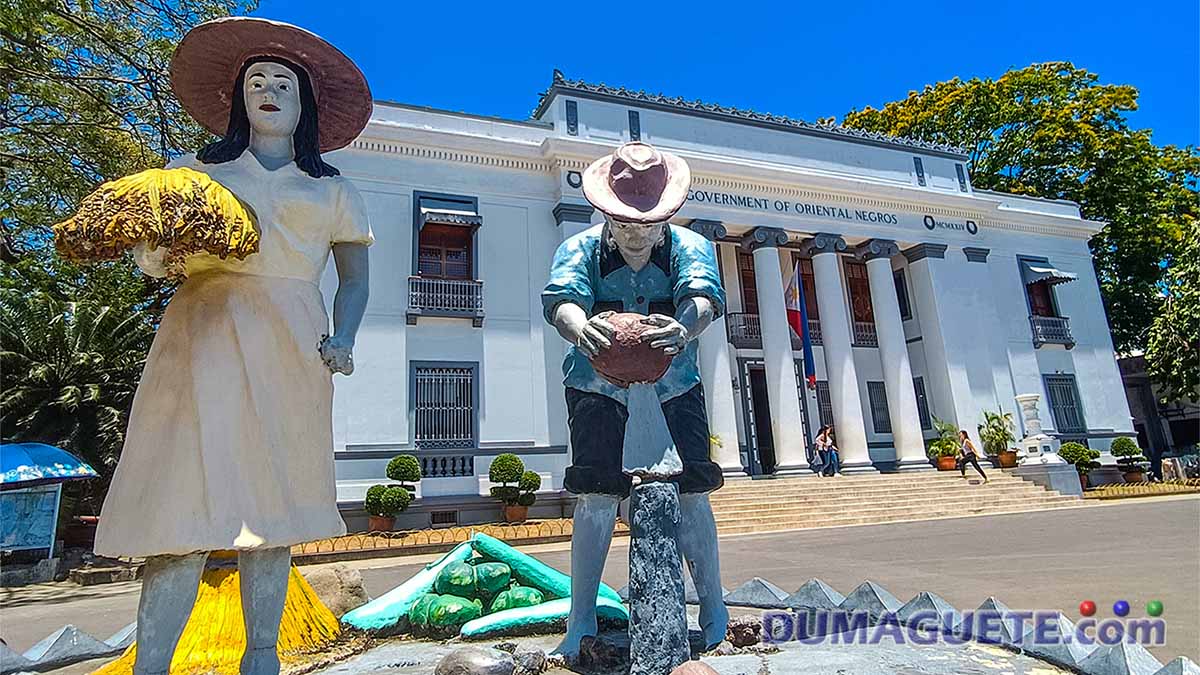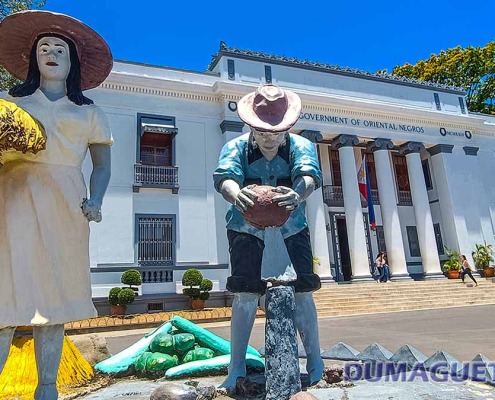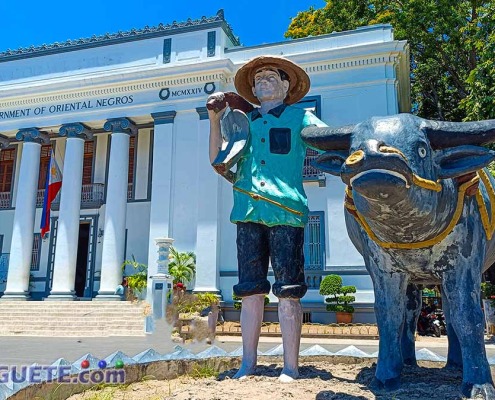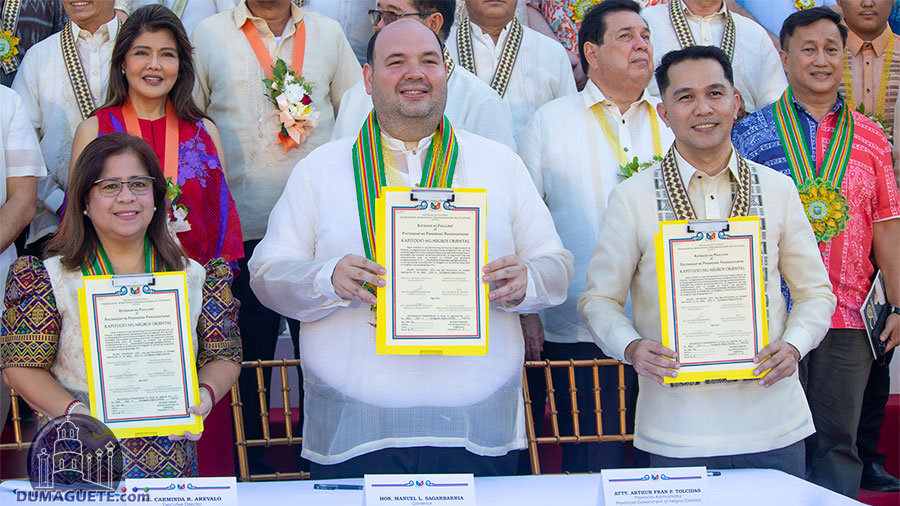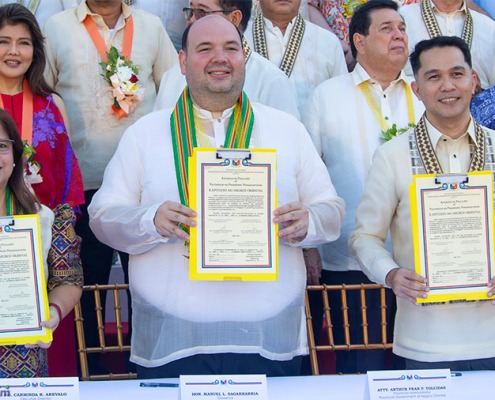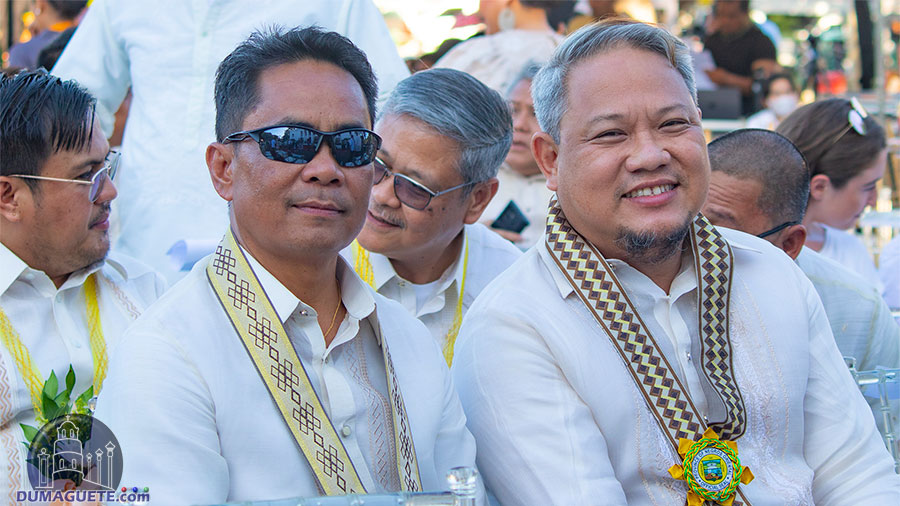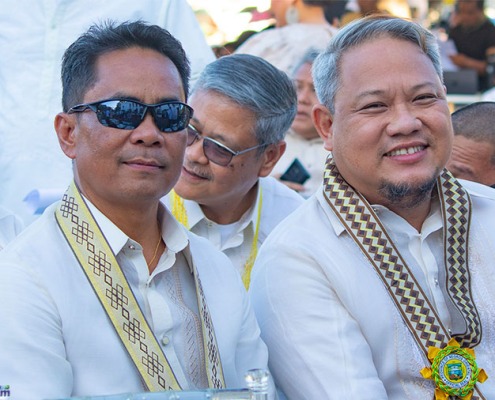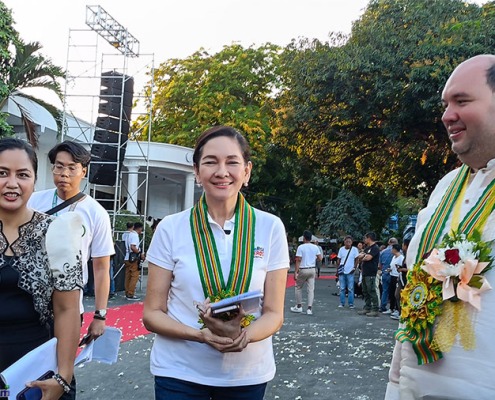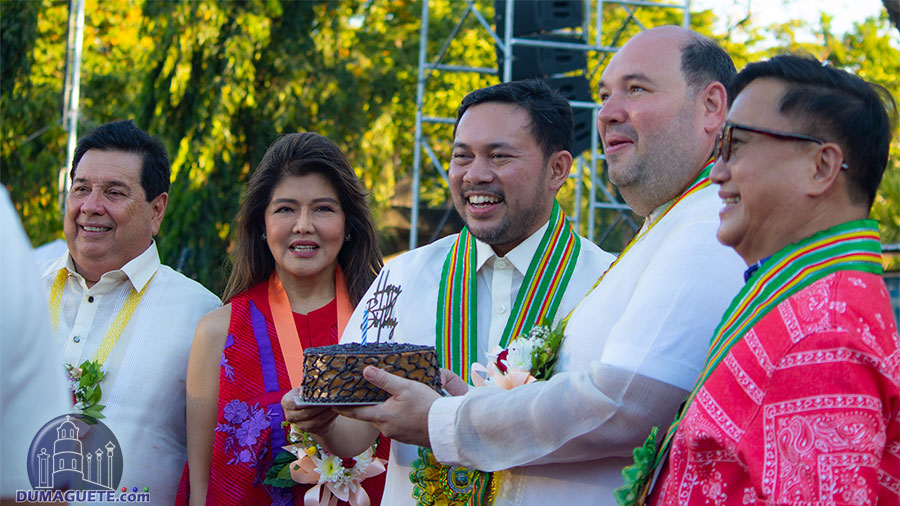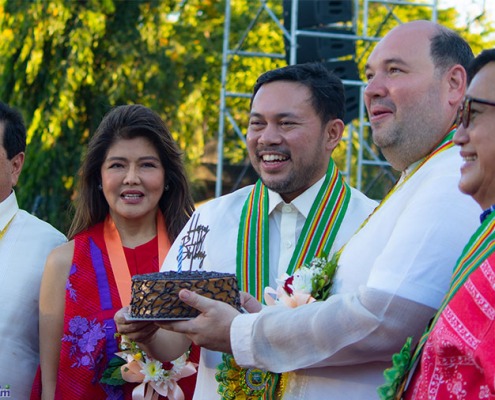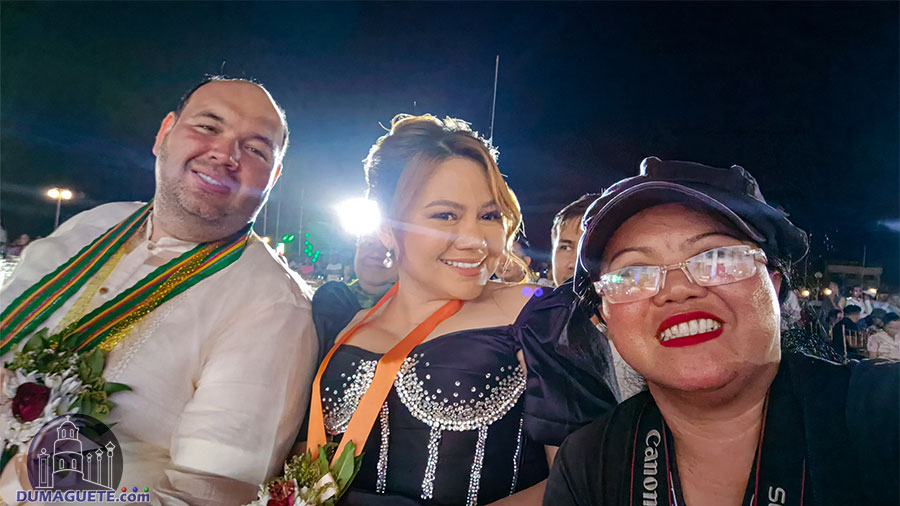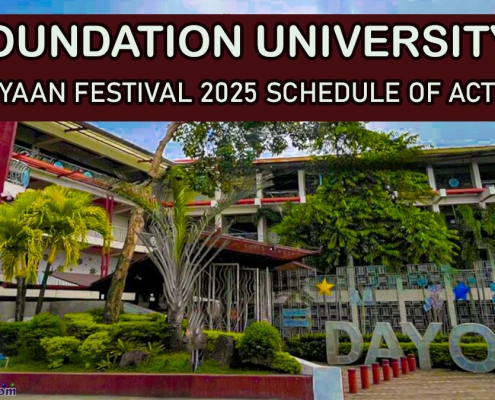Negros Oriental celebrates 100 years of the Capitol Building
Senators join centennial year celebrations
The provincial government of Negros Oriental celebrating the 100th anniversary of its capitol building, which has stood the test of time. The National Historical Commission of the Philippines has installed a marker to commemorate this milestone.
The celebration was led by Governor Manuel “Chaco” Sagarbarria, alongside provincial officials and distinguished guests including Senators Imee Marcos, Jinggoy Estrada, Manuel “Lito” Lapid, Mark Villar, Francis Tolentino, and Risa Hontiveros.
Construction and Early History of the Capitol Building
The Capitol Building was constructed during the American colonial period in the Philippines, specifically completed in 1924. This era saw significant infrastructural developments as the American government aimed to establish a stable administration and modernize the Philippines. Designed in the neoclassical style, which was popular for government buildings of that period, the Capitol Building features imposing columns and a symmetrical facade.
Architectural Significance:
The neoclassical design symbolizes the ideals of democracy and governance, reflecting the influence of American architecture on the Philippines during the early 20th century.
Its construction marked the beginning of a new era of governance in Negros Oriental, transitioning from Spanish colonial rule to American administration.
Role in Governance:
Since its completion, the Capitol Building has been the center of provincial administration and governance in Negros Oriental. It houses the office of the governor and other key provincial offices.
- Early Beginnings: The original Capitol Building was constructed in 1916, during the American colonial period in the Philippines. This construction was part of a broader effort by the American administration to establish governmental infrastructure in various provinces.
- Architectural Style: The building was designed in the neoclassical style, which was popular at the time. This architectural choice reflected the influence of American aesthetics and the desire to project a sense of order, stability, and permanence.
- Renovations and Expansions: Over the years, the building has undergone several renovations and expansions to accommodate the growing administrative needs of the province. These modifications have been made while trying to preserve the original architectural integrity of the building.
4. Historical Events: The Building has been a witness to numerous significant events in the province’s history. It has served as the center of governance, where key political decisions and historical proclamations have been made.
5. Cultural Significance: Beyond its political function, the Capitol Building is also a cultural landmark. It stands as a symbol of the province’s heritage and has been featured in various cultural and civic events. Its presence in Dumaguete, known as a center for education and culture in the Visayas, underscores its importance.
6. Current Status: Today, the Capitol Building remains an important seat of government in Negros Oriental. It continues to function as the provincial capitol, housing the offices of the governor and other key administrative departments.
The Capitol Building of Negros Oriental is not just an administrative center but also a historical and cultural icon, representing the province’s journey through various phases of its development

